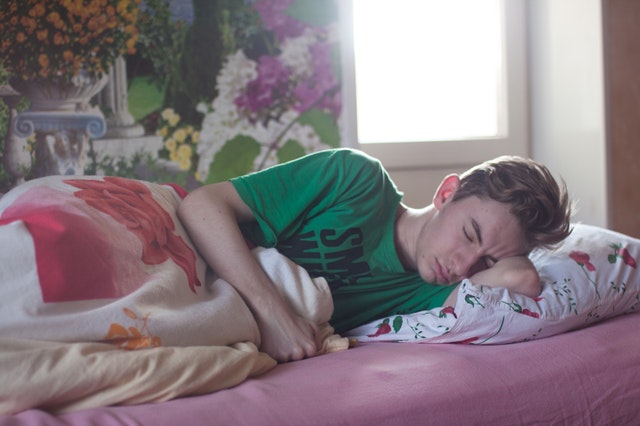Snoring and Obstructive Sleep Apnea

Obstructive Sleep Apnea
Are you a victim of snoring? Do you wake up feeling like you haven’t rested or extremely tired?Nearly 50% of all adults snore and at least 25% of those snore all the time. Problem snoring and sleeping disorders happen more often in men and in people who are overweight. Frequently, it worsens with age.
Snoring can be a symptom of a more serious condition call obstructive sleep apnea (OSA). It is present in 3-5% of the general population and is characterized by multiple pauses in breathing greater than 10 seconds at a time due to upper airway narrowing/collapse. When this occurs, the oxygen content in the blood is lowered and cause the heart to work harder. Without a solid night of sleep that occurs with OSA, a person might battle sleepiness in during the day which may decrease their performance on the job. Untreated OSA over many years may contribute to high blood pressure, stroke heart disease, workplace or motor vehicle accidents and more.
Symptoms of OSA
- Loud snoring
- Pauses in breathing during sleep
- Waking up gasping and choking
- Waking up with dry mouth or sore throat
- Daytime sleepiness or fatigue
- Frequent nighttime urination
- Morning headache
- Irritability, mood changes, depression, difficulty concentrating.
- High blood pressure, heart disease, stroke, or other cardiac issues.
Causes of OSA
Snoring occurs when the air flow through the nasal passageway if partially obstructed (at the back of the mouth and nose). The area the tongue meets the upper throat and uvula has a collapsible quality. Snoring is heard when these things come in contact with each other, When the the air flow is impeded by a a partial or completely collapsed airway, apnea occurs. With children, the tonsils and the adenoids can cause the snoring /apnea. In adults, the cause may not be readily seen. Some factors the may contribute to OSA in adults would be poor muscle tone in the tongue and throat, excessive bulkiness of throat tissue, large soft palate and/ or uvula or obstructed nasal airway.
Treatment Options for OSA
Most often OSA is treated conservatively with a device that puts positive pressure flow into your airway to prevent collapse. Continuous positive airway pressure (CPAP) may be difficult for some patients to tolerate but it is very effective when tolerated.
A custom fit oral appliance may also be used to reposition the loser jaw. In some patients, significant weight loss can also improve OSA.
Surgical treatments include:
- Uvulopalatopharyngoplasty (UPPP) . This surgery involves removing excess soft tissue and repositioning tissue to open up the airway.
- Thermal ablation reduces bulky tissue in the nasal turbinates (structures on the side walls of the nose), tongue base and/or soft palate.
- The soft palate may also be “stiffened” by inserting stiffening rods into the tissue or by injecting an irritating substance that causes stiffness in the injected area near the soft palate.
- Hypoglossal nerve stimulator technology implants a tongue “pacemaker” which stiffens and projects the tongue forward during sleep.
People who snore constantly in any position and who negatively impacts a bed partner’s sleep, should seek medical advice to make sure that OSA is not the problem. A sleep study may be necessary to determine the correct diagnosis.
If snoring is a problem for you, call Valley ENT, Allergy and Cosmetic Surgery for an appointment.
